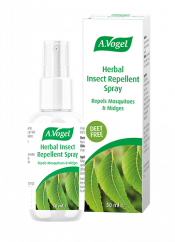If you’re anything like me, bug bites can be a real problem over the summer months – not only are there more biting and stinging insects around, but we tend to spend more time outside, with more skin exposed. Plus, some unlucky people just seem to attract insects more than others!
But with so many different bugs around, how can you tell which has bitten or stung you? I’m here to talk you through some of the common bites and stings, including wasp and bee stings, mosquito bites, midge bites, horsefly bites, tick bites, spider bites, and flea and mite bites. You’ll also find some handy tips on how to treat an insect bite or sting, and how to avoid them.
Wasp, hornet and bee stings
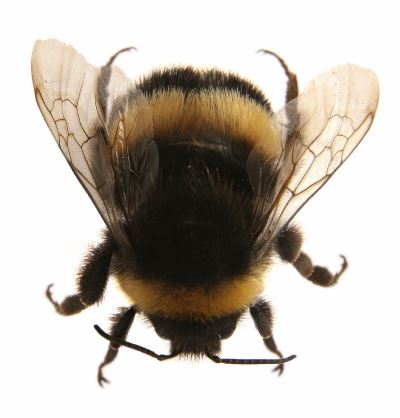
If you’re stung by a wasp, hornet or bee, you will probably know instantly; it will cause a sudden, sharp pain. It will then quickly begin to swell and redden, and may also itch. With bee stings you may be able to see the sting in the centre of the swelling.
This swelling, redness, pain and itching usually lasts for a few days, depending on the extent of your reaction.
These stings can sometimes cause a severe allergic reaction called anaphylaxis, leading to breathing difficulties, dizziness and swelling of the face, eyes and mouth. If this happens, call an ambulance immediately.
Midge bite
This kind of bite is one of the most common in Britain as midges come out in full force when the weather warms up. These bites are small, itchy, red lumps that are often swollen and can also be hard or firm to touch.
I’m not sure I’ve ever heard of midge bites posing a danger to health, but I suppose there’s a first for everything!
Mosquito bites
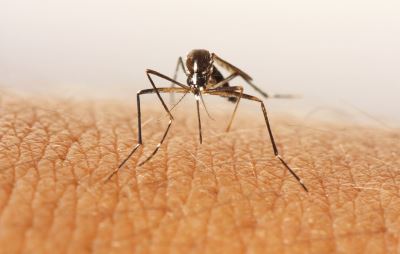 Mosquito bites are very similar to midge bites in appearance, with similar red, raised lumps and itching. Occasionally small blisters will develop, and usually the bite will harden. For some more information on mosquito bites, have a look at this article.
Mosquito bites are very similar to midge bites in appearance, with similar red, raised lumps and itching. Occasionally small blisters will develop, and usually the bite will harden. For some more information on mosquito bites, have a look at this article.
In the UK mosquito bites usually aren’t dangerous, but in some countries they can carry serious diseases like malaria, West Nile virus, Zika virus and dengue fever. If you experience secondary symptoms after being bitten by a mosquito abroad, such as headaches, fever, chills or nausea, get medical help right away. Find out more about the diseases mosquitos can carry here.
Horsefly bites
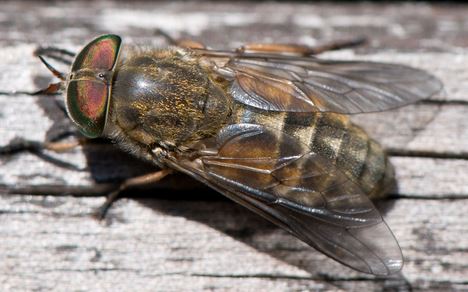 Horsefly bites are also fairly common in Britain and Europe. You will often feel yourself being bitten as the bite is quite painful and severe.
Horsefly bites are also fairly common in Britain and Europe. You will often feel yourself being bitten as the bite is quite painful and severe.
These bites will be significantly larger and more painful than midge or mosquito bites. The area of skin around the bite will usually be red and raised, and you may also develop a rash.
They are usually not serious but can take some time to fully heal, and you have to be careful that they don’t become infected.
Tick bite
You may not realise you have been bitten by a tick for some time as they are rarely painful.
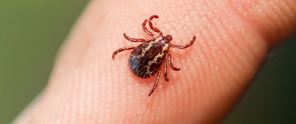 These bites may become itchy, swollen or red after the initial bite. If the tick is still attached its body may begin to swell. Removing a tick can be tricky, and has to be done gently with a pair of tweezers or a special tick removal tool.
These bites may become itchy, swollen or red after the initial bite. If the tick is still attached its body may begin to swell. Removing a tick can be tricky, and has to be done gently with a pair of tweezers or a special tick removal tool.
In the UK, ticks can carry a serious infection called Lyme disease, which causes a large rash that resembles a bullseye. If left untreated it can cause pain and swelling in the joints, numbness and pain in the limbs, as well as serious heart problems, so it is important to get immediate medical help if you suspect you have this infection. Ticks can take a few hours to transmit the disease so removing them early is important.
Ticks are commonly found in long grass and heather, so if you’re out walking in these kinds of areas, try to wear long trousers that are tight at the ankle, or tuck your trousers into your socks (this year’s trendiest look!). When you get home, be careful when removing clothes as ticks may have become attached to them, and check your legs and arms for signs of a ticks.
Spider bite
Few spiders in the UK are aggressive or poisonous, but on the rare occasion that they do bite it can be quite painful.
If a spider bites you, you should be able to see faint puncture marks. The area surrounding the bite may be red, swollen, and painful.
If you are bitten by a spider abroad – particularly in places like Australia, Africa and South America – then this can be more serious. Spiders in these palces can be poisonous, leaving mild symptoms such as itching and swelling, to severe symptoms such as anaphylactic shock, muscle spasms and nausea. In some cases, poisonous spider bites can be fatal.
If you are bitten by a spider abroad, monitor the bite and your symptoms closely. If you experience any unusual symptoms such as dizziness, difficulty breathing, tightening of the throat, swelling of the mouth, face and tongue, nausea, severe pain, muscle spasms or muscle pain, get medical assistance immediately.
Flea and mite bites
Flea and mite bites can occur at any time of year and are especially common if you have pets. They will commonly be found at your pet’s natural height (usually below the knee, unless you have very large pets), or on your forearms if you have been holding your pet.
These small, itchy lumps will often be found in small clusters. To avoid these bites, you should regularly treat your pets for fleas.
How to treat an insect bite
Luckily, many of these bites can be treated in the same way, so in most cases you don’t really need to figure out what has bitten you. I recommend that you:
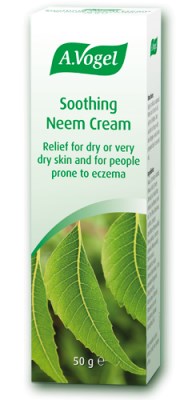
- Wash the area with warm, soapy water
- Apply a cold compress to reduce swelling and ease itching
- Avoid scratching the area, as this can cause it to become infected
- Apply a soothing product such as aloe vera or Neem Cream to reduce itching and irritation, and to cool the area.
If you have been stung by a bee and the sting is still in your skin, scrape it out sideways using your nails or something hard like a bank card, to avoid more venom spreading.
If you have been bitten by a tick gently remove it with tweezers.
If you experience severe, unusual or worrying symptoms after a bite or sting, particularly if you are abroad, you should seek medical advice and assistance. Tying a piece of fabric above the bite may help to slow the spread of venom while you seek assistance.
How to avoid an insect bite
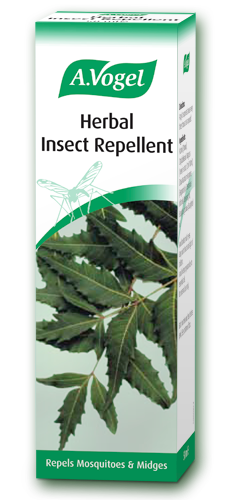 To avoid insect bites in the first place, try using a natural insect repellent such as our Neem Insect Repellent. This contains neem seed oil and is free from DEET, a chemical which many people have unpleasant reactions to.
To avoid insect bites in the first place, try using a natural insect repellent such as our Neem Insect Repellent. This contains neem seed oil and is free from DEET, a chemical which many people have unpleasant reactions to.
Avoid sitting outside on still summer evenings. When sitting outside, try setting up a fan, because small insects such as midges and mosquitos struggle to fly in even a gentle breeze. Alternatively, mosquito repellent candles and citronella candles can provide some protection. These are thought to work by masking our own scent that insects love so much!
Keeping the grass in your garden short can help reduce ticks, and many people find that lining the edges of their garden with dry woodchips helps keep them at bay.
If you hang washing to dry on a washing line, check it for horseflies, wasps and bees as you are bringing it in – you don’t want a nasty surprise when you go to fold it later!





 Looking for our products in a store near you?
Looking for our products in a store near you?
